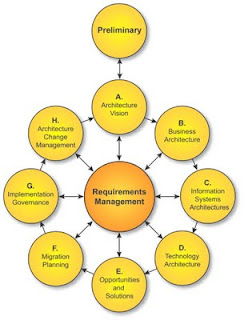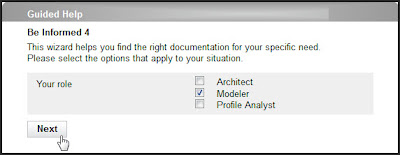Get around the human mind: automatic decisions
One of the main attractions of rules based systems, is that you can make your processes far more efficient by ruling out human interventions. By doing so you can let systems make decisions that formerly were taken by more or less specialized employees.
A simple example
You want to know if you can get an insurance for your car at an insurance company. In the past you would have visited the local office of this insurance company or made a phone call with one of their agents. Now you are going to visit their website and fill in the details of your car.
In this example we have an insurance company with a simple set of acceptance rules; every car younger than 3 years can be insured.
This could look like this:
If the visitor of the website fills in that it is a car and its age equals or is less than 3 years, the result screen could look like this:
In this case it is pretty simple for us as end users to see why our insurance request is accepted, or not. But let us assume that we are looking at a website for users that don't know the difference between the vehicle types and finds it hard to calculate the age of the vehicle.
In that case the traceability of the decision will be far more complex:
Followed by:
And then:
And followed by the last question:
Resulting in:
If you know the rules, you can find out that the user's request is rejected because of the age of the car. But without a proper description of what's happening here it is pretty hard to find out how you can get you insurance request accepted.
Complexity
You can find these kind of decision trees in all kinds of rules based systems. In this particular example the underlying rules are pretty simple, but in real life these can be far more complex. In fact: the more complex your product is, the more complex the rules in your system will be.
One way to avoid this is by making your product - and the underlying rules - less complex. By cutting out some rules it is possible to make things easier to document and understand. As you can imagine this is not (always) the best solution.
Embrace the complexity
What if we stop trying to simplify our products and rules and instead embrace the complexity?
What if we could make our decision systems self documenting and self explaining?


Comments